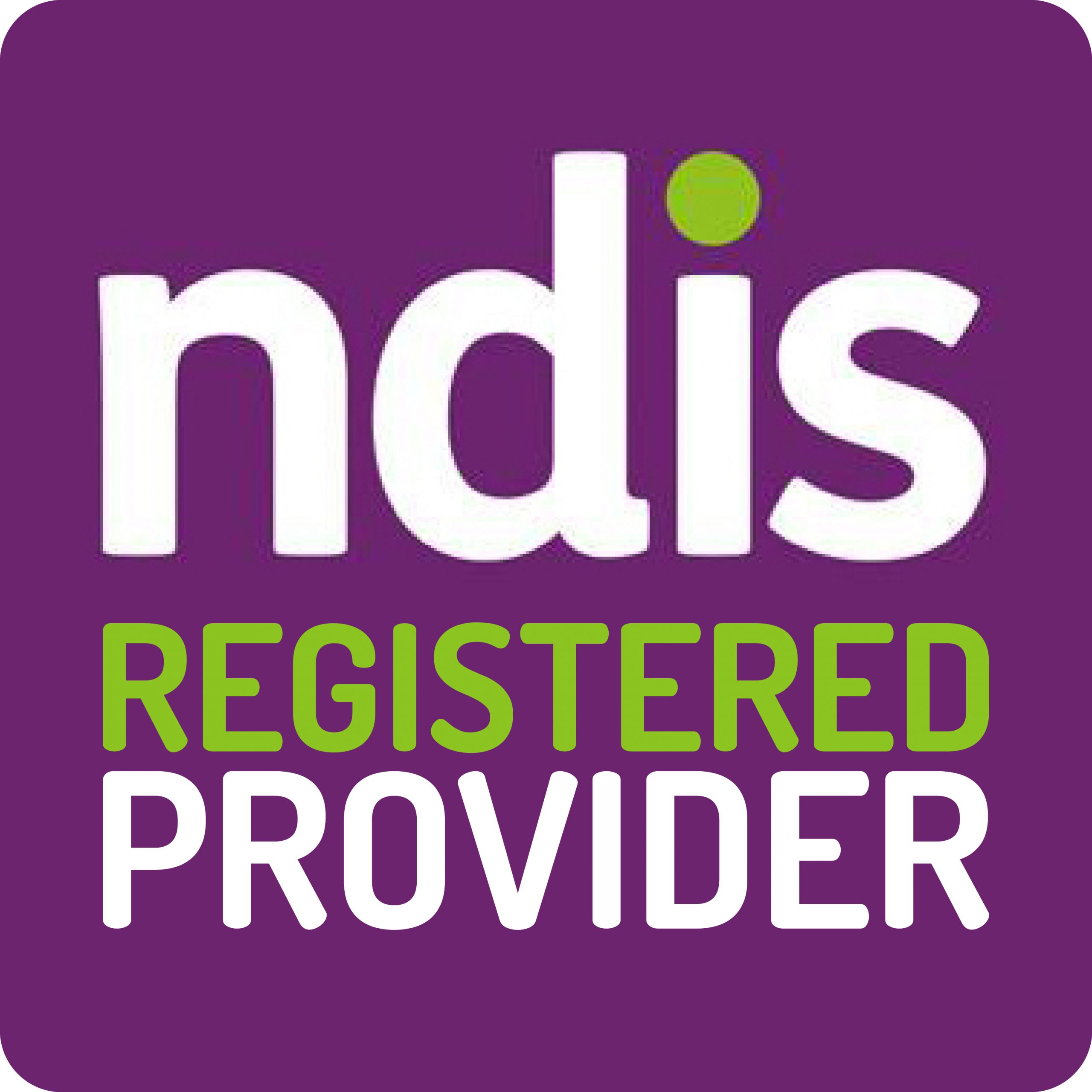From the Sidelines to Success on the Sports Field. How can you promote inclusion in your sport?
Hey there, Neurolicious and Mummel Road families! 🌟 Let’s dive into the fantastic world of sport. In our recent interview with the ‘Being Sportish’ team, Libby and Georgie Trickett, we unpacked why sport can be so beneficial for children and adults on the autism spectrum. We also dived into some really practical tips for both parents and sporting clubs.
This blog unpacks inclusion in sport, not only that, I will step out exactly what your club or organisation can do to be inclusive.
Sports aren’t just about scoring goals or winning medals—they’re a gateway to building confidence, friendships, and essential life skills, especially for kids on the autism spectrum. But let’s be real, the journey isn’t always a smooth ride. With the right mix of love, patience, and creativity, we can turn those challenges into opportunities! Today, we’ll explore how coaches, parents, and community leaders can team up to craft a supportive, inclusive sports environment that celebrates every child’s unique strengths. Ready to jump in? Let’s get started! 🏆✨
Understanding Autism in Sports
Sports play a crucial role in the development of children with autism, but they also present unique challenges. This section explores the benefits of sports for individuals on the autism spectrum, the obstacles they may face, and the importance of creating inclusive sports environments.
The Role of Sports in Autism
Sports offer numerous benefits for children with autism, extending far beyond physical fitness. They provide structured opportunities for social interaction, skill development, and personal growth.
For many children on the spectrum, sports can be a powerful tool for improving motor skills and body awareness. Regular physical activity helps enhance coordination and balance, which are often areas of difficulty for individuals with autism.
Moreover, participating in sports can boost self-esteem and confidence. As children master new skills and overcome challenges, they develop a stronger sense of self-efficacy. This newfound confidence often translates to other areas of their lives, including academics and social interactions.
Team sports, in particular, offer valuable opportunities for social skill development. Children learn to communicate with teammates, follow rules, and understand the concept of teamwork – all essential life skills that can be challenging for those with autism.
Challenges Faced by Children with Autism
While sports offer numerous benefits, children with autism often encounter specific challenges when participating in athletic activities. Understanding these obstacles is crucial for creating supportive and inclusive environments.
Sensory sensitivities are a common issue. Loud noises, bright lights, or certain textures can be overwhelming for children with autism, making it difficult to focus on the game or activity at hand.
Communication difficulties can also pose challenges. Complex rules or multi-step instructions may be hard to understand, leading to frustration or confusion during gameplay.
Social interactions with teammates and opponents can be another hurdle. Children with autism may struggle to interpret non-verbal cues or understand unwritten social rules, making it challenging to form connections with peers.
Lastly, differences in motor skills or coordination can impact performance in certain sports, potentially leading to feelings of inadequacy or exclusion if not properly addressed and supported.
The Importance of Inclusive Sports
Inclusive sports programs are essential for ensuring that children with autism can fully participate and benefit from athletic activities. These programs create environments where all children, regardless of their abilities, can learn, grow, and enjoy sports together.
By promoting understanding and acceptance among peers, inclusive sports help break down barriers and reduce stigma associated with autism. They provide opportunities for children with diverse abilities to interact, fostering friendships and social connections that might not otherwise form.
Inclusive sports also offer a platform for children with autism to generalize skills learned in therapy or educational settings to real-world situations. This transfer of skills can significantly enhance their overall development and quality of life.
Furthermore, these programs often serve as a source of support and community for families of children with autism. They create spaces where parents can connect, share experiences, and learn from one another.
Strategies for Coaches and Parents
Effective strategies are crucial for supporting children with autism in sports. This section outlines key approaches that coaches and parents can use to ensure a positive and inclusive sports experience for all participants.
Clear Communication and Visual Aids
Clear communication is essential when working with children with autism in sports settings. Using simple, concise language and breaking down instructions into smaller steps can help ensure understanding and reduce confusion.
Visual aids are powerful tools for reinforcing verbal instructions and helping children with autism process information more effectively. Consider using:
- Visual schedules to outline the sequence of activities
- Picture cards to illustrate specific skills or rules
- Video modeling to demonstrate proper techniques
Incorporating gestures and demonstrations alongside verbal instructions can also enhance comprehension. Remember to allow extra time for processing and be patient when repeating instructions if needed.
For complex game strategies or plays, consider creating visual diagrams or using a whiteboard to illustrate concepts. This multi-sensory approach can help reinforce understanding and make abstract ideas more concrete.
Setting Realistic and Achievable Goals
Setting appropriate goals is crucial for maintaining motivation and building confidence in children with autism participating in sports. Start by assessing each child’s current abilities and interests to establish a baseline.
Create a mix of short-term and long-term goals that are specific, measurable, and attainable. For example:
- Short-term: Successfully complete a specific drill or exercise
- Long-term: Participate in a full game or competition
Regularly review and adjust goals as needed, celebrating small victories along the way. This approach helps children with autism experience a sense of progress and accomplishment, encouraging continued participation in sports activities.
Involve the child in the goal-setting process when appropriate. This can help increase their buy-in and motivation to achieve the goals. Remember to focus on personal improvement rather than comparison to others.
Emotional Support and Management
Providing emotional support and helping children with autism manage their emotions during sports activities is crucial for their success and enjoyment. Create a supportive environment where it’s okay to make mistakes and express feelings.
Teach coping strategies for dealing with frustration, anxiety, or sensory overload. This might include:
- Deep breathing exercises
- Taking short breaks when needed
- Using a quiet space for calming down
Encourage positive self-talk and provide specific praise for effort and improvement, not just results. Help children identify and express their emotions appropriately, fostering emotional intelligence alongside athletic skills.
Consider implementing a buddy system, pairing children with autism with understanding teammates who can offer support and encouragement during challenging moments.
Building an Inclusive Community
Creating an inclusive community is essential for the long-term success of children with autism in sports. This section explores strategies for fostering teamwork, encouraging lifelong participation, and sharing success stories to inspire others.
Fostering Teamwork and Social Interaction
Promoting teamwork and social interaction is crucial for creating an inclusive sports environment. Implement structured activities that encourage cooperation and communication among all team members.
Use partner or small group exercises to facilitate one-on-one interactions in a controlled setting. This can help children with autism build relationships with their teammates gradually and comfortably.
Encourage peer mentoring, where more experienced players can support and guide those who are new or struggling. This not only helps children with autism but also teaches empathy and leadership skills to all participants.
Consider organizing team-building activities outside of regular practice sessions. These can help strengthen bonds between teammates in a less pressured environment.
Encouraging Lifelong Participation in Sports
Fostering a love for sports that extends beyond childhood is vital for the long-term well-being of individuals with autism. Focus on creating positive experiences that emphasize enjoyment and personal growth rather than just competition.
Introduce a variety of sports and physical activities to help children discover what they enjoy most. This might include:
- Traditional team sports (e.g., soccer, basketball)
- Individual sports (e.g., swimming, track and field)
- Alternative activities (e.g., yoga, martial arts)
Highlight the lifelong benefits of sports participation, such as improved health, stress relief, and social connections. Encourage families to make physical activity a regular part of their routines outside of organized sports.
Consider partnering with local community centers or adaptive sports programs to provide ongoing opportunities for participation as children grow into adolescence and adulthood.
Sharing Success Stories and Resources
Sharing success stories and providing access to resources can inspire and support families navigating the world of autism and sports. Highlight diverse examples of individuals with autism who have found success and enjoyment in various sports.
Create a platform for families to share their experiences, challenges, and triumphs. This could be through:
- A dedicated section on your organization’s website
- Regular newsletters featuring athlete profiles
- Social media campaigns celebrating inclusivity in sports
Compile and share a list of local and online resources for families seeking support in sports participation for children with autism. This might include adaptive sports programs, autism-friendly facilities, and educational materials on inclusive coaching techniques.
Organize community events or workshops where families can connect, share advice, and learn from experts in the field of autism and sports. These gatherings can help build a supportive network and foster a sense of belonging within the community.
Keen to learn more about our work? Jump onto our website! There we have parent programs, and ready made visual supports. Dies your child have an NDIS fund? You can book an appointment with our lead practitioner who is a registered Developmental Educator and Positive Behaviour Support Practitioner by clicking here!









